Gao Hong is an established artist based in China. He started painting using oil and in recent years his focus is the use of ink, in which traditional Chinese materials are combined with modern techniques. City and rural life, development and tradition, and survival and death are key themes.
A strong style – underpinned by bold brushstrokes and considered use of colour – allows the artist to express a myriad of emotions. Hong has exhibited pieces in numerous exhibitions, and his work is held in the National Art Museum of China and the Today Art Museum.
A: In Issue 105 of Aesthetica, we feature work from your ink-on-paper series. What is the process behind the work?
GH: Most of the works featured on Issue 105 were created during the Covid-19 pandemic. They reflected how I felt during this turbulent, isolated period. In a way, these artworks documented “those Years with Covid-19” from an artist’s point of view.
I always do a thorough study before I start a new series of paintings. In the study stage, I follow my logic to figure out the theme, form and what techniques to apply. As soon as I start my first brushstroke on paper, I just follow my instinct to paint.
Travelling to different places with diverse cultures is always my inspiration for work, such as my trips to Hangzhou and Yungang Cave in Shanxi Province, just before the pandemic began. Later on, I reconstructed the scenes based upon what I saw during the trips, with a reflection of my anxiety during lockdown – it transformed the anxiety into a poetic expression on paper.
A: How does the work relate to other pieces in the series?
GH: Every piece of work looks different. Some are vibrant, some are relaxed, some in black and white, some are in colour. Despite how different they seem to be, there is one thing in common – they all reflect who I am, what I think and how I feel at the moment. It’s a manifestation of my inner world. The linkage of different pieces in the series is that all of the works prevail over my relationship with the external world.
A: Do you find that ink allows you to use traditional Chinese materials and combine them with modern techniques?
GH: I started my career in art with oil painting, and most recently I added ink painting into my portfolio. As a contemporary artist, I need to be versatile with different media. Oil and ink are complementary: oil is expressive and powerful, while ink provides a poetic rhythm of the work.
Most of my oil paintings depict scenes of rural people’s daily life in my hometown in Shaanxi Province. The expression is straightforward and the tension is obvious that you can feel it at a glance. This expressive style is consistent in my ink paintings, but in a less intense way. As an artist who was born and grew up in China, the usage of ink is embedded in my daily routine. It’s not a stranger. Painting with ink is like telling a story to an old friend with all the details, using genuine emotions in a gentle way.
Transitioning from one medium to another provides me with an opportunity to think differently, evaluate which medium is appropriate for depicting a subject and combine the techniques in a harmonious way. Unlike the focus of restricted brushstrokes of traditional Chinese ink painting, I use the free flow form of the medium to express and form my artworks with another degree of freedom and creativity.
A: Do you think that your background in oil painting helps to inform how you work with ink? Do you think the resulting works express this combined experience?
GH: My ink paintings embody contemporary techniques and fresh aesthetic initiatives. It’s distinctive from traditional Chinese ink painting in many aspects. The most important elements are how I perceive the world and how I convey a message in my painting. For contemporary art, both the aesthetic aspect of the art and the social value of the art is crucial. Artists work in a modern manner that is dynamic, personal and full of emotion. My experience in oil painting, especially my work in expressionism, enables me to paint in ink with the same strength and vivid emotion.

A: Do you think your movement from oil painting to ink was an evolution in your art practice or a conscious decision?
GH: Oil painting is where I started my journey with art. My development in oil painting coincides with my progression of life – the bold brushstrokes in oil painting and the explosive power coming from it, is apt to apply for a young artist full of vigour in his 20s.
As I stepped into a more mature stage in life, say in my 50s, I started to think about eastern aesthetics in art. How to combine techniques in oil painting with ink was a question I’ve had for the past few years. As a Chinese artist with eastern culture and philosophy embedded in my blood, it was a natural, easy transition for me to move from oil painting to ink-on-paper. The use of ink as a medium, in addition to oil, enlarged my art parameters, enabling me to have diverse ways and techniques to express myself in art.
A: Does the use of ink help you better depict and express nature?
GH: Depicting nature and landscape is a key theme in traditional Chinese ink painting. That’s not the case in my ink painting. I depicted various subjects, such as city and rural scenes, Chinese myths and figures. I use black and white lines to compose the painting. Those lines look similar to calligraphy scripts, with a touch of the expressive brushstrokes normally found in oil painting. The combination of the expressive oil painting techniques with traditional ink medium endows the artwork with a vibrant, poetic feel.
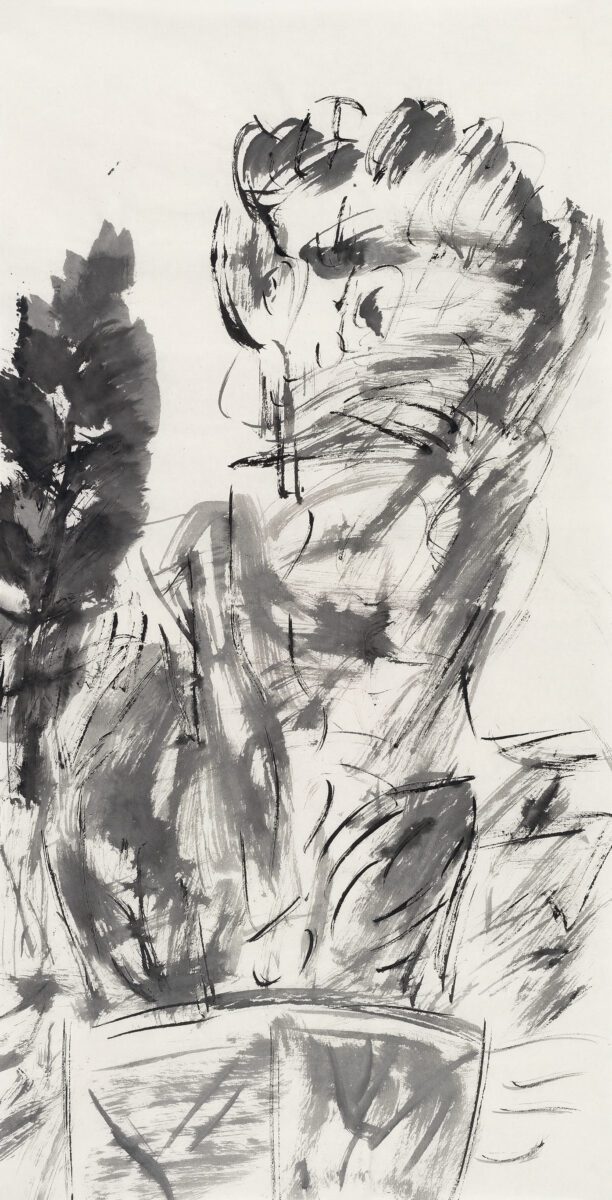
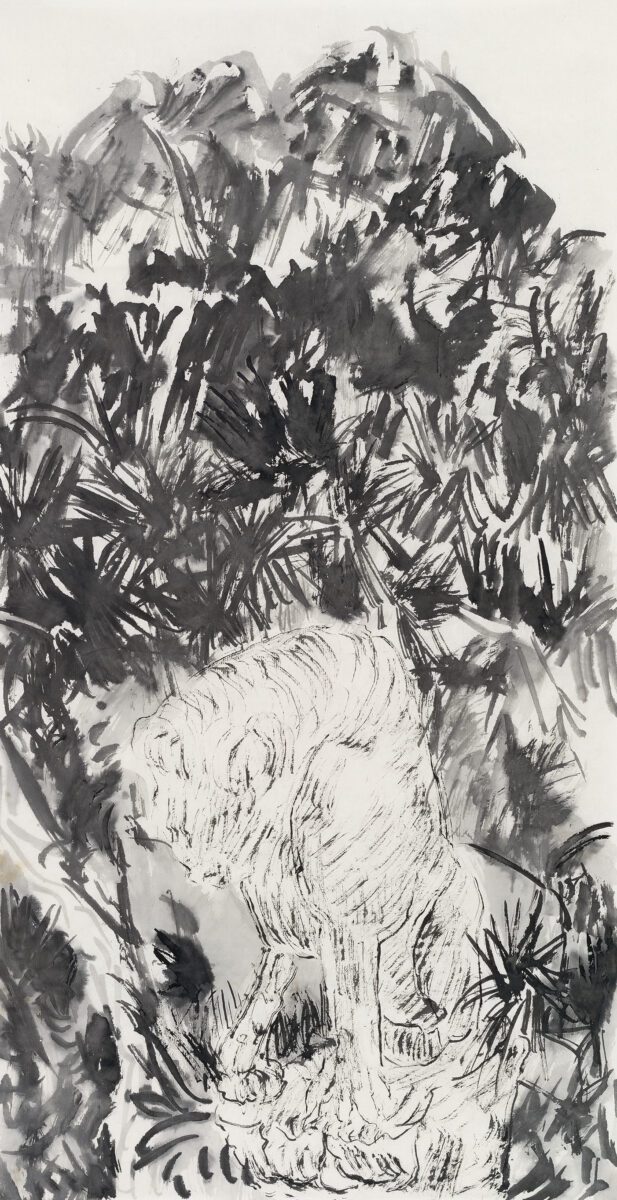
A: You decided to become an artist at the age of 19, against the wishes of your parents – what inspired you to move forward with a dream that would eventually become a successful career?
GH: I was born in a village in Shaanxi province, China. Art is not a thing that people would know, talk about or imagine to be a profession. When I was 19, my goal was simple: to get out of this remote village and go to a big city. Then the opportunity came. I started to learn oil painting after I graduated from high school. When I was painting, the whole world went silent, as it was only me and the brush. I immediately knew that painting was the dream I would like to pursue in my life.
Art was a rescue and a shelter for that 19-year-old village boy. I wasn’t sure about whether or not I could make a living by painting. It wasn’t until I moved to Beijing to study at China Central Academy of Fine Arts that I made up my mind to devote my life to art.
A: Do you think that the fulfilment of your dream makes certain achievements feel more special, for example, that your work is held by the National Art Museum of China and the Today Art Museum?GH: My ultimate goal is to embody powerful fresh aesthetic initiatives in the contemporary art arena. When we look at art history, very few artists created distinctive styles in art. They are the true masters, and they are my role models. It’s challenging to create a new art style. The artist needs to be talented, innovative, persistent, and of course, needs some luck. With my experience in oil painting and ink painting, I feel confident to combine the two to create artworks that are bold and powerful, and at the same time, poetic.
My works have been exhibited and collected by museums in China. In the near future, my goal is to have my works exhibited and collected by internationally renowned institutions and museums.
A: You currently live in Beijing; how often do you return to Shaanxi Province? How has it changed since your left for Beijing? Are you still inspired by the local nature, countryside and its people?
GH: I moved to Beijing in 2002. Since then, I have returned to Shaanxi Province once or twice every year. My hometown has changed a lot during the past twenty years, yet my feeling and attachment to it has never changed. It is where my soul resides. If Shaanxi is my past, Beijing is my future. Beijing is a bridge that links me to a larger world.
In the first few years after I moved to Beijing, my artworks mainly depicted people in my hometown. I created a series of oil paintings, called The Land, Dad’s Painting depicting scenes of Shaanxi and the people there who work hard to make their lives better. This series was exhibited in Today Art Museum in 2010 and the National Art Museum of China in 2012.
The longer I left my hometown, the deeper I could see through it. The physical distance enables me to look at the changes from an outsider’s view. When I saw the barren land uncultivated, with highways running through it, I felt strongly about how urbanisation has changed the village. So I created a series of ink paintings to depict the contrast of modern urbanisation and traditional farming culture. Shaanxi is still the inspiration for my artworks, but from an observer’s view.

A: Do you think you will create more work that depicts city life in Beijing?
GH: To me, Beijing is a symbol of cosmopolitan life. It’s a grand abstract painting itself. When I drive on the highway from the suburbs to the CBD area, or when I take the subway or when I stand on the pedestrian bridge looking at the cars and people moving fast, it looks like the city is composed of lines and moving dots. It’s an ever-evolving abstract painting. And there is no difference between New York, Tokyo or Beijing in that all the cosmopolitan cities comprise the same picture.
A: What are your plans for the rest of 2022?
GH: My plan for the rest 2022 is simple: one trip to my hometown, two trips maybe outside China, two exhibitions and more artworks. Due to Covid-19, it has been two years since I last visited my hometown and seen my dad.
I always find that trips to new places are beneficial to my work. It’s like a spring fountain to help create new art. The scenes I see on a road, the conversations I have with different people, the culture shocks in different places: these are the inspirations for my work. The information is processed, digested and recreated in my mind, and later on is reflected in my artworks.
In January 2022, I had a solo exhibition at BOHAI museum in Tianjin. I exhibited my oil paintings as well as my ink paintings. I am looking forward to having more exhibitions in 2022.
A: How do you think your practice will evolve over the next five years?
GH: My artwork reflects how I perceive the world. As the world is changing, my experience with the world is evolving, so my thinking of the meaning of life is deepening. My expression of all these things will be reflected in my artworks. It’s a naturally evolving process.
I will continue to question myself as an artist and think about how to reveal the truth of the world, the common themes of all human beings through my works, in a modern form. Eliminating the decorated elements from a painting I want to work towards a primitive, free and powerful expression in art.
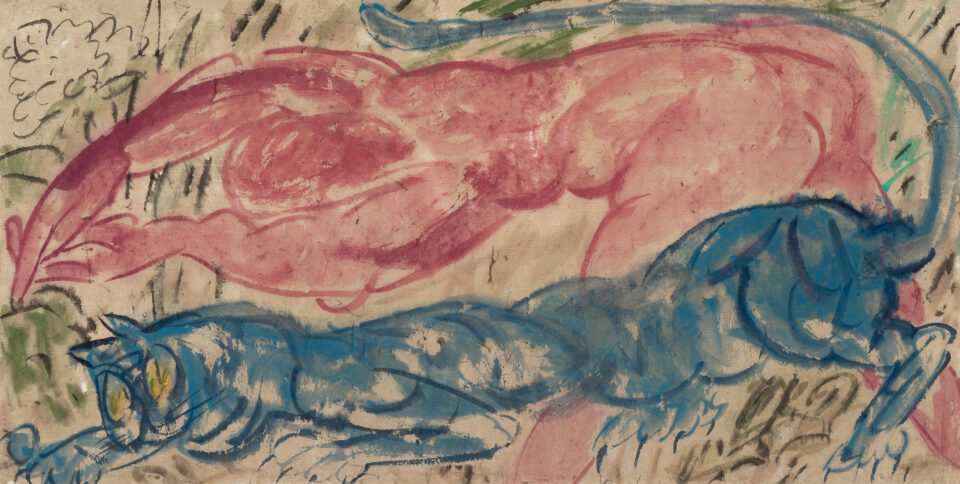
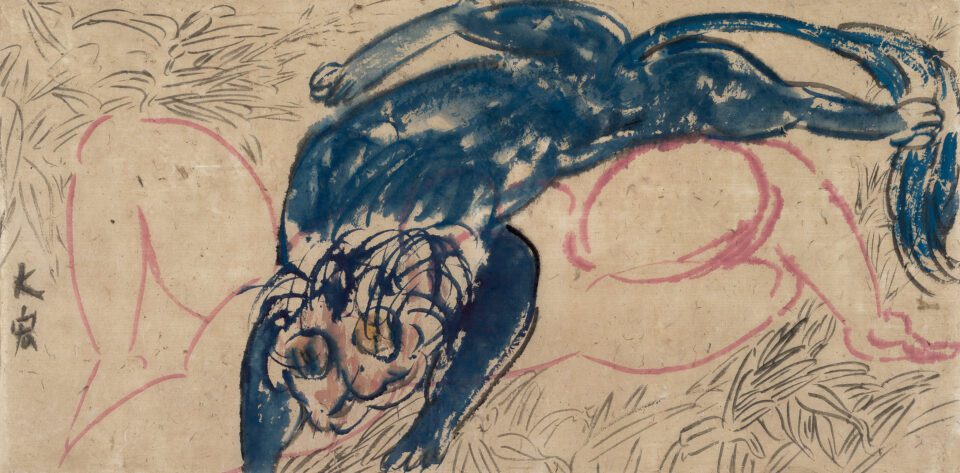
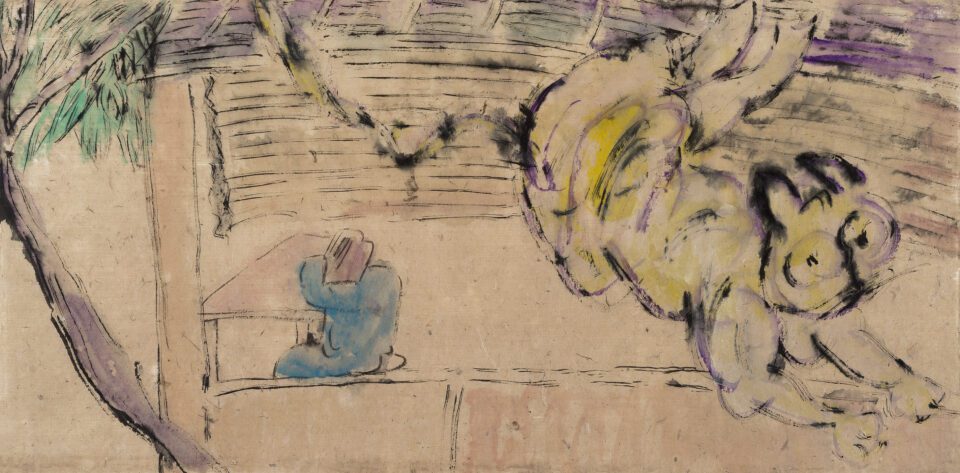
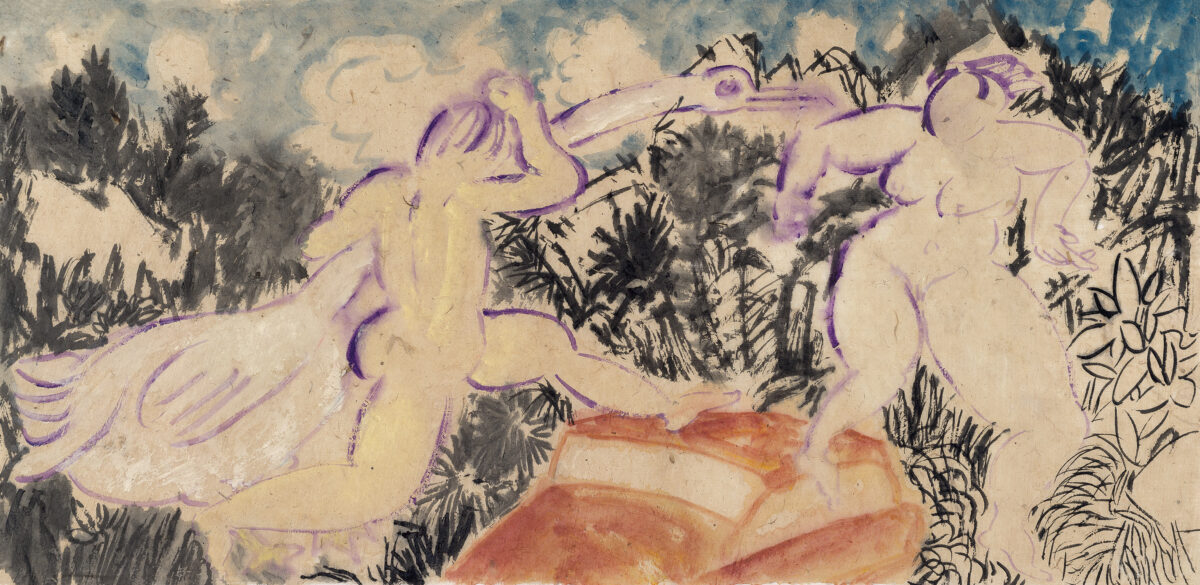
All images courtesy of Gao Hong.
The work of Gao Hong appears in the Artists’ Directory in Issue 105 of Aesthetica. Click here to visit our online shop.




